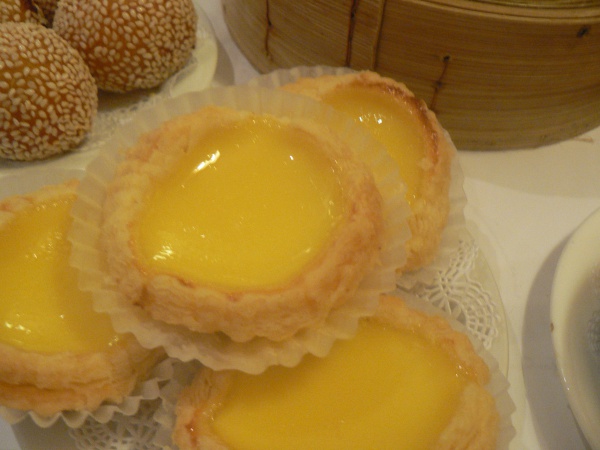Facts About Egg tart
Egg tarts are cherished desserts in Cantonese cuisine, stemming from a delightful fusion of English custard tarts and Portuguese pastel de nata. These treats feature a flaky pastry crust filled with smooth egg custard and are staples in dim sum restaurants and cha chaan tengs (Hong Kong-style cafes).
The story of the egg tart began in early 20th century Guangzhou, in China's Guangdong province. During this period, the city was a bustling hub of international trade, which brought in culinary influences from Britain and Portugal. Pastry chefs at Western-style department stores in Guangzhou created the egg tart to attract customers, combining a lard-based puff pastry crust with a custard filling reminiscent of steamed egg pudding. The Zhen Guang Restaurant is often credited with inventing the Chinese egg tart.
Over time, variations of the egg tart emerged in Hong Kong and Macau. In Hong Kong, the dessert became especially popular in the 1960s when cha chaan tengs started serving them to the working-class population. These Hong Kong egg tarts are typically smaller and often come in pairs or trios. You can even find them in different flavors like chocolate or green tea.
Macau offers its own twist on the egg tart, influenced by the Portuguese pastel de nata but with a touch of Guangzhou-style flair. Lord Stow's Bakery in Macau introduced a version with a caramelized, browned top, which quickly gained popularity. This Macau-style egg tart was later sold to KFC and introduced in other Asian countries.
In 2014, Hong Kong's technique for making egg tarts was recognized as part of the Intangible Cultural Heritage Inventory, highlighting its cultural significance. Whether you enjoy the traditional Cantonese version or the caramelized Macau-style, egg tarts continue to be a delicious symbol of culinary fusion.

 Myanmar (Burma)
Myanmar (Burma)